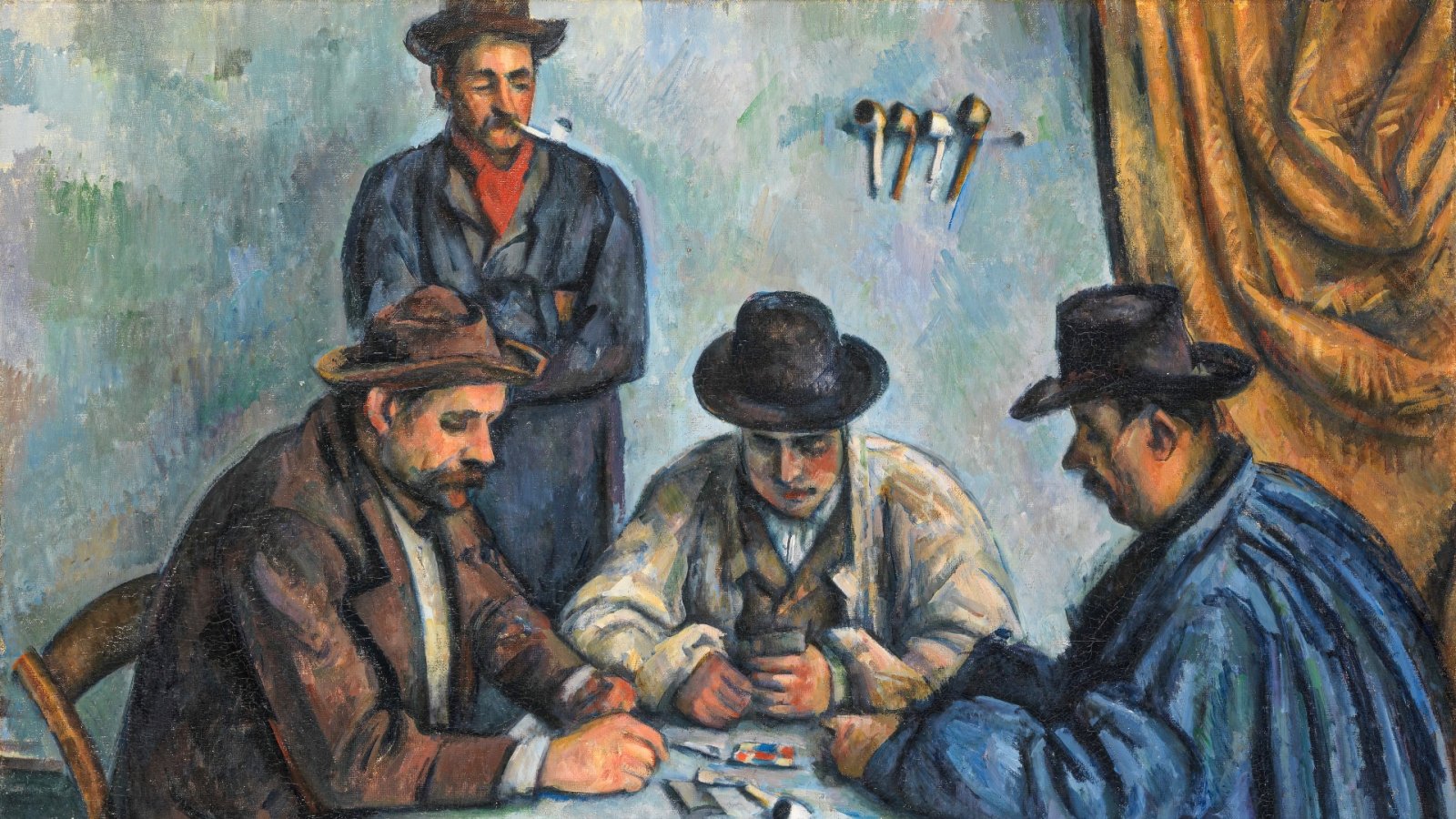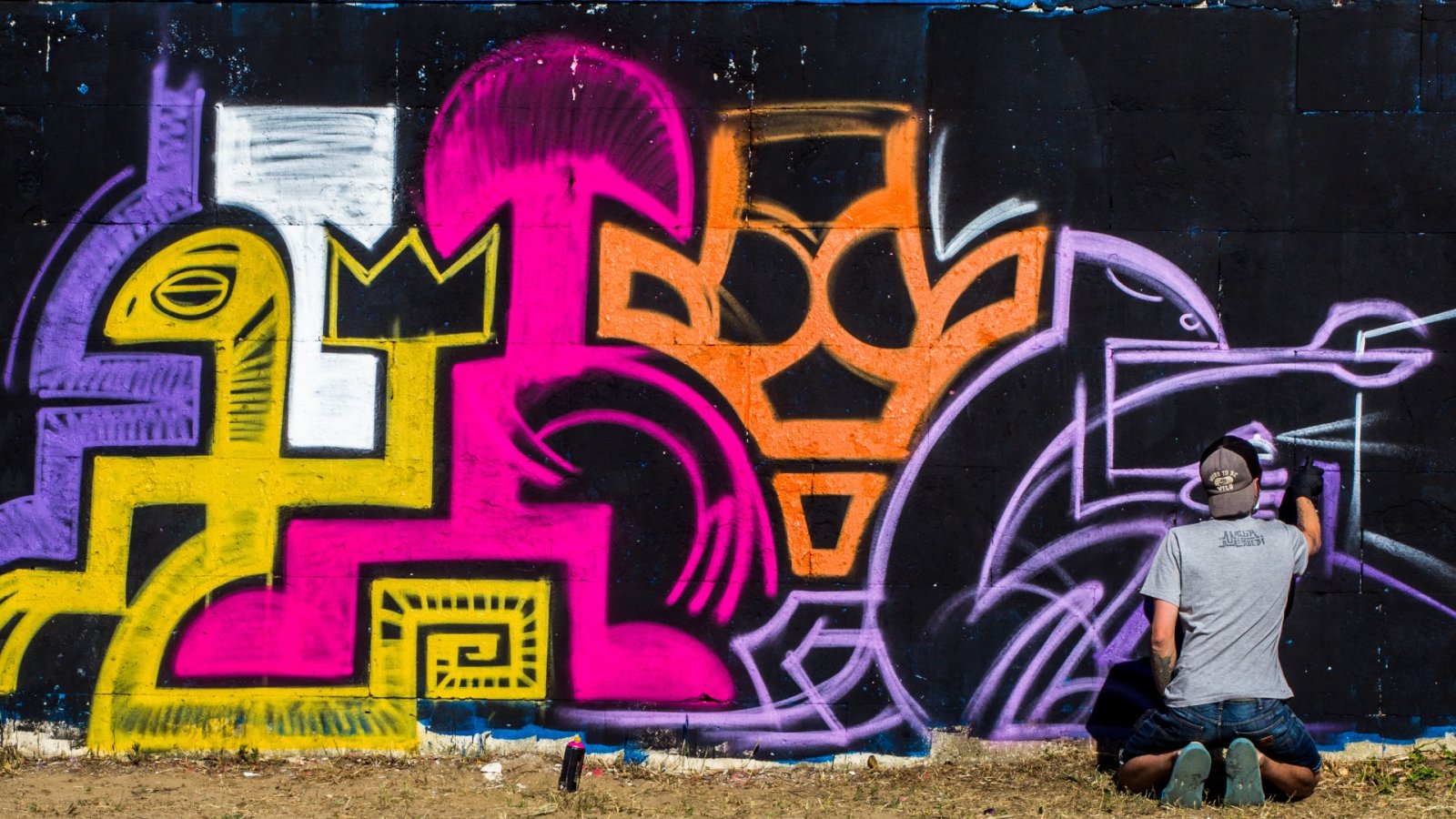Creative works displayed in communal areas do more than merely please the eye; they represent an essential aspect of urban existence. Art installed in public transforms otherwise mundane locales into lively cultural centers, inciting community involvement and cultivating a feeling of shared character. This piece examines the multidimensional function of artistic displays in shared spaces, emphasising their influence on social fabric, the obstacles they confront, and the developing tendencies sculpting their trajectory.
Enriching the Aesthetic Qualities of Urban Environs
Art displayed in public spaces fulfils an essential function in enhancing the visual character of cities. It transforms dreary walls into surfaces for imaginative works and converts vacant plazas into vibrant community hubs. Iconic pieces such as Cloud Gate in Chicago and the Murals of Philadelphia demonstrate how creative works can reshape urban settings into aesthetically pleasing landscapes. Public art helps beautify communities by filling municipal structures and thoroughfares with visual interest and artistic emotion.
Creative works displayed in communal settings function as a lens reflecting a population's cultural roots and variety. It can reinforce social cohesion by cultivating shared experiences and sentiments of pride. For example, the vibrant assortment of street art covering Miami's Wynwood Walls has emerged as a symbol embodying the neighbourhood's creative vibe and multicultural character. Public art helps establish a collective identity and strengthens communal bonds by representing a population's diversity and heritage in visually engaging ways.
Raising Awareness of Environmental Issues
Public art also acts as an impactful medium for enhancing environmental consciousness. Installations such as Olafur Eliasson's Ice Watch, displaying melting ice formations in urban hubs, functioned as stark reminders about climate change. Interactive works that motivate sustainable habits additionally highlight art's role in advocating environmentally sound conduct. When situated in public settings, creative productions centred on ecological topics can effectively spread awareness and prompt reflective contemplation regarding humanity's impacts on the natural world. Through visually compelling means, art holds the potential for stimulating thoughtful change towards more sustainable societal frameworks and individual behaviours. Art displayed in shared settings beckons people to interact, discuss, and engage with their surroundings. Sculptures and murals incorporating participatory components generate prospects for social exchange and communal discourse. This involvement cultivates feelings of belonging while also enriching urban experiences.
Engaging with creative works has restorative impacts, supporting mental health and emotional well-being. Research has demonstrated that exposure to art can alleviate stress and advance therapeutic recovery. Public art installations provide accessible chances for individuals to reap these advantages, improving the overall quality of life within urban communities. By occupying open-air galleries with thought-provoking pieces, cities stand to facilitate wellness for residents on both social and personal levels.
Cultivating Economic Opportunity and Development
Public art represents a meaningful catalyst for economic growth. It entices tourists, revives neighbourhoods, and energizes local enterprises. The transformation of formerly overlooked zones into vibrant art hubs can yield elevated property values and stimulate broader economic restoration, highlighting the tangible advantages of investing in creative works within shared community areas. When cities strategically implement eye-catching installations and cultural displays in the public realm, they position themselves to realize revenue gains from associated commercial activities as new dollars circulate within the local economy. The provision of artistic amenities builds community amenities and cultural capital, supporting overall social and financial prosperity.






